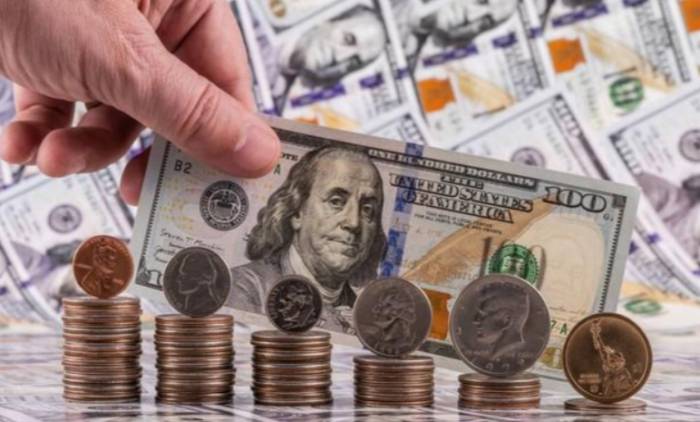After a massive sale of U.S. Treasury bonds, where did the 85.1 billion go?
Recently, Chinese authorities have disclosed their foreign exchange reserves and gold reserves, and in conjunction with the U.S. Treasury's publication of U.S. debt holdings, we are finally able to understand where the money has gone after China's continuous selling of U.S. Treasury bonds.
In the latest reserve data released by our country, as of the end of January this year, the foreign exchange reserves remained stable at over 3.2 trillion U.S. dollars.
In December 2022, our holdings of U.S. Treasury bonds were 867.1 billion U.S. dollars, and by November 2023, our holdings had decreased to 782 billion U.S. dollars. This means that in the first 11 months of 2023, our country sold 85.1 billion U.S. dollars' worth of U.S. Treasury bonds.
Firstly, our selling of U.S. Treasury bonds did not incur losses; on the contrary, it can be said that to a large extent, we avoided losses brought about by U.S. Treasury bonds.
From the end of 2022 to the end of last year, our foreign exchange reserves increased from 3,127.89 billion to 3,237.98 billion. This means that despite the continuous selling of U.S. Treasury bonds, our foreign exchange reserves did not decrease but instead increased.
The United States is obviously anxious about our continuous reduction in U.S. Treasury bonds, but it is also very helpless. Janet Yellen has tried multiple times to persuade us to increase our holdings of U.S. Treasury bonds, but unfortunately, she has not been persuasive.
Advertisement
By the beginning of this year, the balance of U.S. Treasury bonds had exceeded 34 trillion U.S. dollars, and just this week, the U.S. Treasury issued another 112 billion U.S. dollars in bonds. This hole is getting bigger and bigger, and reducing holdings of U.S. Treasury bonds is an inevitable trend for the future.
Where did we put the money from selling so many U.S. Treasury bonds?
It turns out that part of it was used to increase our gold reserves, which is also something the United States is very helpless about.
Over the past 15 months, our announced gold reserves have been increasing every month, with a cumulative increase of 9.55 million ounces, equivalent to 271 tons.The current international gold price has already exceeded 2000 US dollars. Roughly estimated, over the past 15 months, our country has spent nearly 20 billion US dollars, continuously buying gold.
This purchase amount is relatively small compared to the amount we have sold US Treasury bonds, so we can continue to buy more gold in the future.
If we talk about the proportion of gold, our room for expansion is even greater. Taking Western countries such as the United States and Germany as examples, their gold reserves account for 65% of their official reserves, and the global average also reaches 14%.
However, the current proportion of gold in our country is only 4.3%. If we reach the global average in the future, we need to increase the proportion by 10 percentage points, which means we still need to buy about 300 billion US dollars worth of gold.
But for the United States, whether we sell US Treasury bonds or buy gold, it is obviously something the United States does not want to see.
Why might our purchase of gold also impact the US dollar?
The reason is actually quite simple, because the US dollar abandoned the gold standard in the 1970s, breaking its link with gold. In fact, the US dollar is now a currency without gold as a credit foundation.
If the currencies of all countries are pegged to the US dollar, the status of the US dollar will not be affected. But if central banks around the world increase their gold reserves and peg to gold again, the status of the US dollar will collapse.

It is also out of such concerns that the Federal Reserve has been obstructing other countries from repatriating their gold stored in the Federal Reserve's vaults.In 2023, the People's Bank of China's total purchase of gold reached 225 tons, ranking first among global central banks, and accounting for more than 20% of the global central bank buying volume. It is expected that even more will be purchased in the future.
This point is quite a dilemma for the Federal Reserve.
Leave a Reply